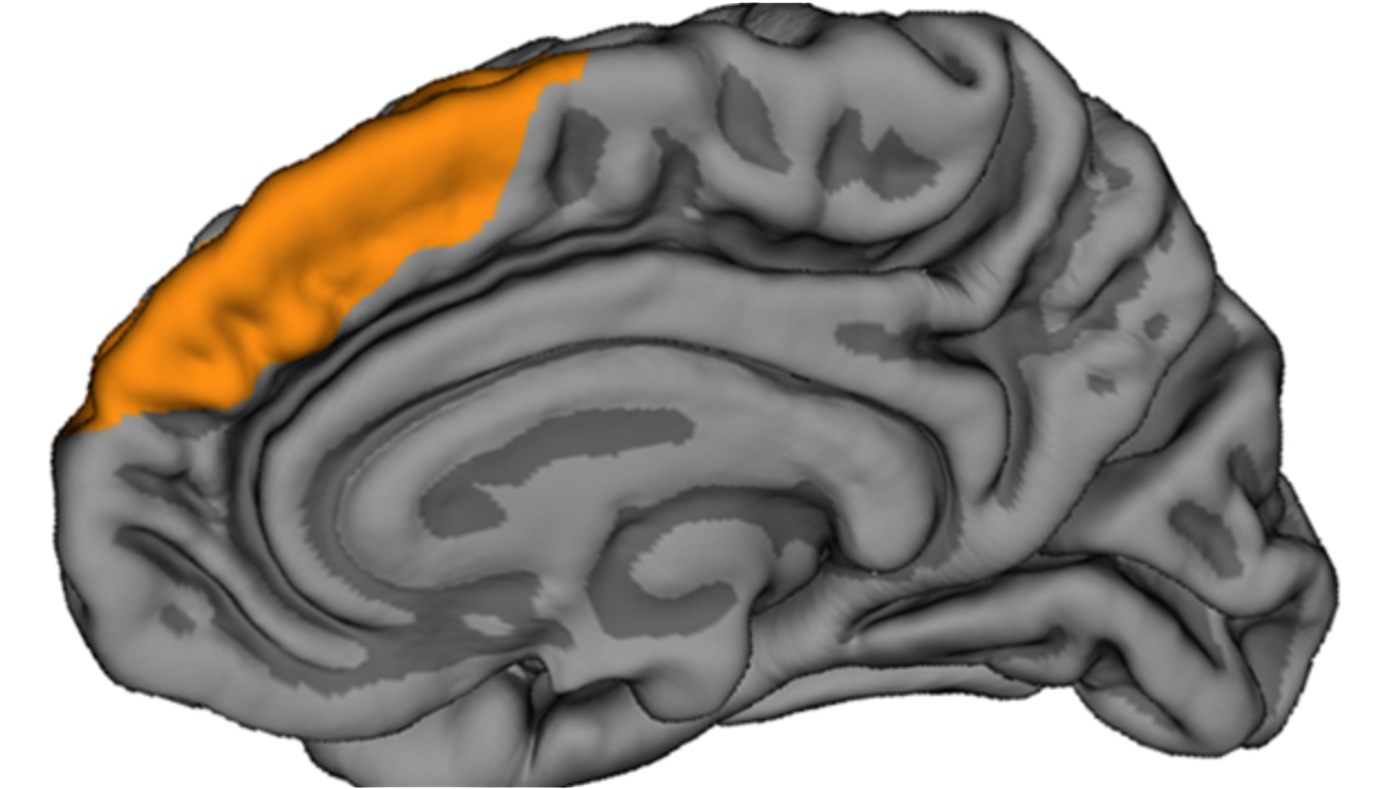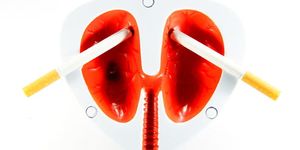Could a shorter brain fold be diagnostic of hallucinations associated with schizophrenia? After analyzing the MRI scans of brains from 153 individuals with and without schizophrenia, a research team from the University of Cambridge in the UK reported that a shortened specific brain furrow, known as the paracingulate sulcus, is linked to increased risk for hallucinations.
Schizophrenia is a common and debilitating neuropsychiatric condition that affects as much as 1% of the population worldwide. Some researchers have argued that schizophrenia is not just one condition but a multitude of conditions because the symptoms are so broad in scope and severity. Among its array of symptoms, hallucinations are very common and can severely cripple a patient’s ability to reason with reality.
Led by Dr. Jon Simons, the team hunted for a brain pattern that could predict a biological risk for the hallucinatory type of schizophrenia. The team used data from the Australian Schizophrenia Research Bank that included MRI scans of 153 participants, 113 of which were diagnosed with schizophrenia and 40 were healthy controls. In addition, the team sub-categorized the 113 schizophrenia patients into patients with a history of hallucinations (79) and patients without hallucinations (34).
They report in a
Natures Communications article that the length of a specific brain crease, called the paracingulate sulcus (PCS), is linked to a likelihood of experiencing hallucinations. The PCS is a brain furrow that develops before birth and gets tucked inside of the frontal cortex. Its length is variable among individuals, and scientists have previously correlated the length of the PCS with “reality monitoring,” a process that allows us to distinguish between reality and imagination.
In agreement with these earlier results, the current study show a correlation between schizophrenia patients with hallucinations and a shortened PCS furrow. On average, the PCS in these patients was about 2cm shorter than the patients without hallucinations, and 3cm shorter than the healthy controls. In fact, the team found that just one-centimeter (0.4-inch) reduction in the size of the PCS increased the risks for hallucinations by 19.9%. This correlation did not falter between hallucinations that were visual or auditory in nature.
"Hallucinations are very complex phenomena that are a hallmark of mental illness and, in different forms, are also quite common across the general population. There is likely to be more than one explanation for why they arise, but this finding seems to help explain why some people experience things that are not actually real.” – Dr. Jane Garrison, first author
Why would a shorter PCS influence hallucinations? Dr. Garrison surmised that it probably has to do with the “reality monitoring” function of the PCS. She says, "We think that the PCS is involved in brain networks that help us recognize information that has been generated ourselves. People with a shorter PCS seem less able to distinguish the origin of such information, and appear more likely to experience it as having been generated externally."
Schizophrenia is a deep and complex condition that’s likely to involve multiple biological pathways and functions. It is unlikely that one biological feature can predict the whole of schizophrenia. However, there is tremendous value in this study as it was able to link a key symptom to a very specific part of the brain. Yet, it will be crucial to see this link again in larger sample sizes before the PCS length can be used as a diagnostic tool for hallucinations or even schizophrenia.
Additional Source:
BBC




![WGS for rare disease diagnosis [eBook]](https://d3bkbkx82g74b8.cloudfront.net/eyJidWNrZXQiOiJsYWJyb290cy1pbWFnZXMiLCJrZXkiOiJjb250ZW50X2FydGljbGVfcHJvZmlsZV9pbWFnZV84MmRlM2UyYjA5M2Q3ZTYwOTI3Zjc1YTRjOWU2N2RmMjkzMThjMTJkXzI1MDcucG5nIiwiZWRpdHMiOnsidG9Gb3JtYXQiOiJqcGciLCJyZXNpemUiOnsid2lkdGgiOjcwMCwiaGVpZ2h0IjozNTAsImZpdCI6ImNvdmVyIiwicG9zaXRpb24iOiJjZW50ZXIiLCJiYWNrZ3JvdW5kIjoiI2ZmZiJ9LCJmbGF0dGVuIjp7ImJhY2tncm91bmQiOiIjZmZmIn19fQ==)





